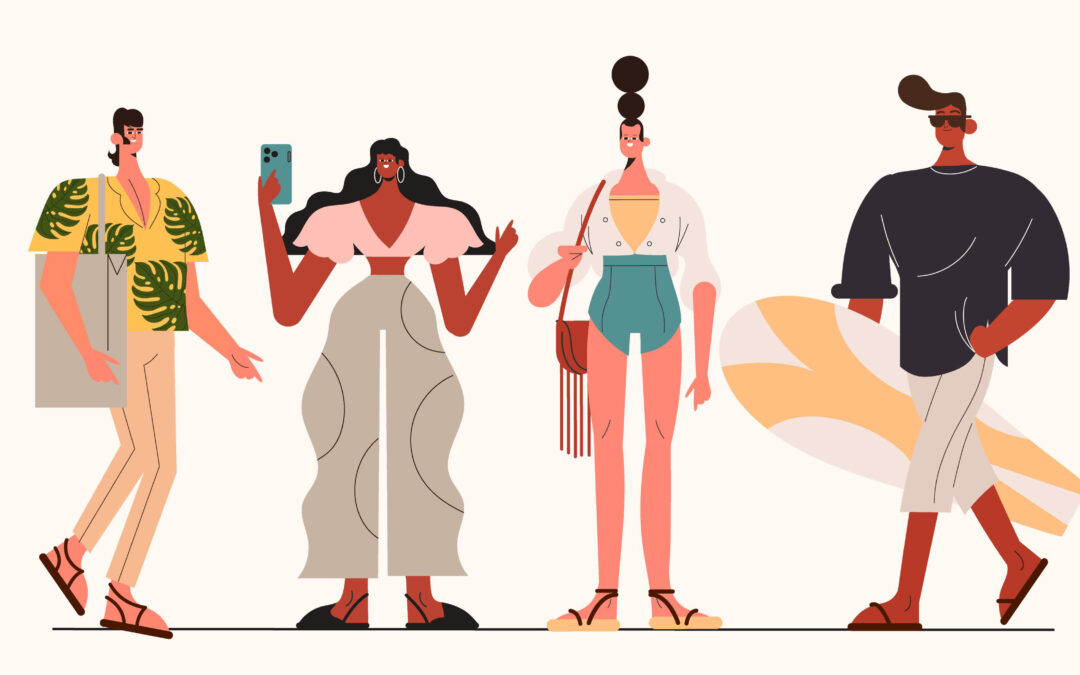Sustainable and Ethical Fashion
The push for sustainability and ethical production has been growing stronger, and this is likely to continue into 2024. Consumers are becoming more conscious of the environmental and social impact of their purchases, leading to a preference for eco-friendly materials and transparent supply chains. We might see more clothing made from recycled materials, organic fibers, and innovative fabrics such as Piñatex or Tencel.
Technological Integration
Smart clothing might become more prevalent, with embedded technology for fitness tracking, health monitoring, or even connectivity with other devices. Similarly, shoes could incorporate more advanced features like adaptive support, smart heating, or interactive interfaces, which can be controlled via smartphone apps.
Vintage and Retro Inspirations
The nostalgia trend is likely to continue, with fashion cycles revisiting styles from specific past eras, like the 2000s or the 1990s. This might translate into a resurgence of chunky sneakers, baggy silhouettes, and playful patterns in clothing.
Minimalism
On the flip side, minimalist aesthetics may also be prominent, with a focus on clean lines, neutral colors, and versatile pieces that can be mixed and matched easily. The ‘capsule wardrobe’ concept could gain even more traction as people look to declutter and invest in high-quality, timeless items.
Athleisure Evolution
Athleisure wear has been popular for several years, and its evolution may continue as people seek a balance between comfort, functionality, and style. Expect to see clothing that can seamlessly transition from workout sessions to casual social settings, with technical fabrics that are both stylish and performance-oriented.
Bold and Expressive Footwear
Shoes are often a medium for personal expression. In 2024, we might see bold prints, bright colors, and unconventional shapes become popular. This could be a way for individuals to make a statement, from avant-garde high heels to sneakers with unique design elements.
Gender Fluidity
The lines between traditionally ‘male’ and ‘female’ clothing are likely to continue blurring. We can expect to see more unisex and gender-neutral collections that cater to a broad spectrum of customers, breaking down outdated norms and offering freedom of expression.
Natural and Earthy Tones
In alignment with the sustainable fashion movement, natural and earthy tones may be preferred for their timeless quality and their association with the natural world. This could manifest in the form of muted greens, browns, blues, and other organic hues.
Local and Artisanal
A trend toward supporting local businesses and artisans might gain further momentum, with more consumers seeking out handcrafted shoes and clothing. These items often tell a story and carry a sense of uniqueness and personal touch that mass-produced items cannot replicate.
Functionality and Adaptability
Lastly, functionality will probably remain key in fashion design. Clothing that offers adaptability to different climates, occasions, and personal styles, such as convertible clothing or adjustable footwear, may be particularly sought after.
